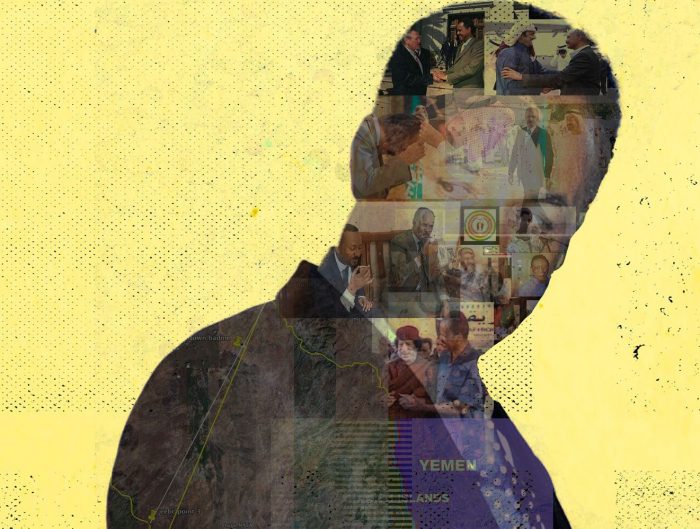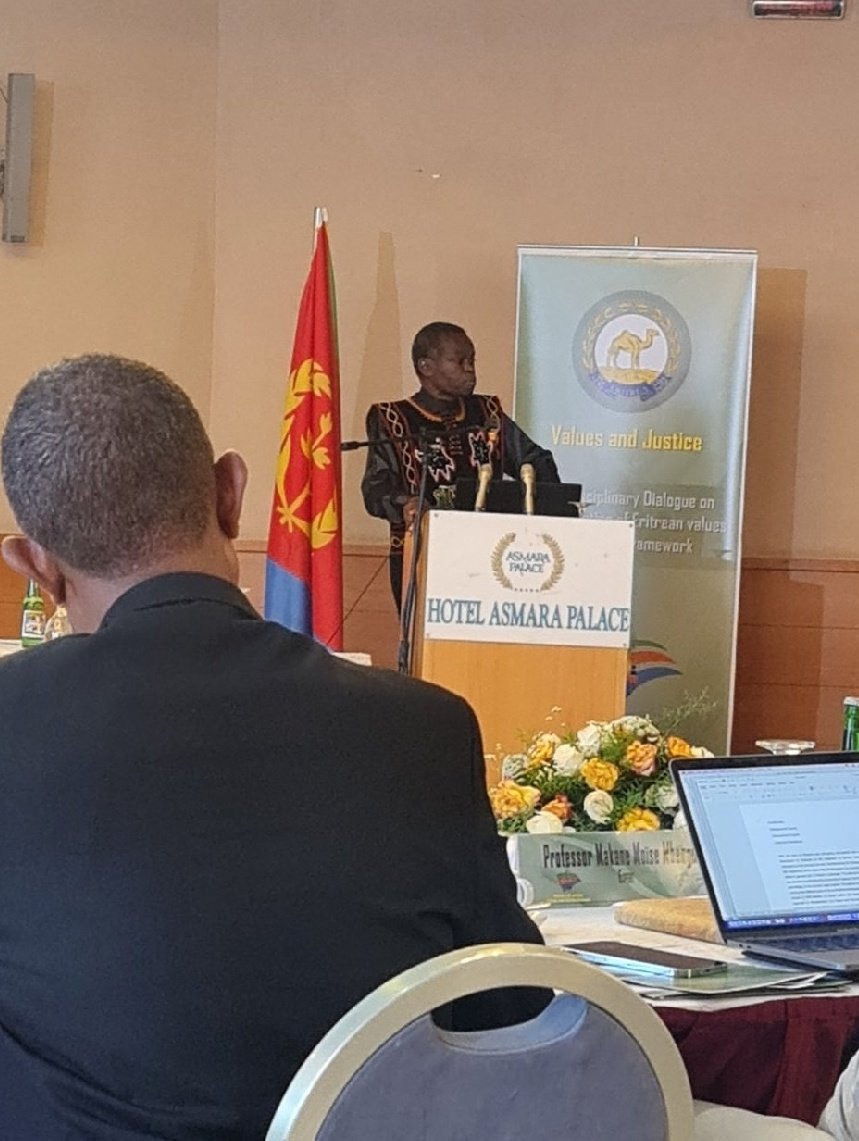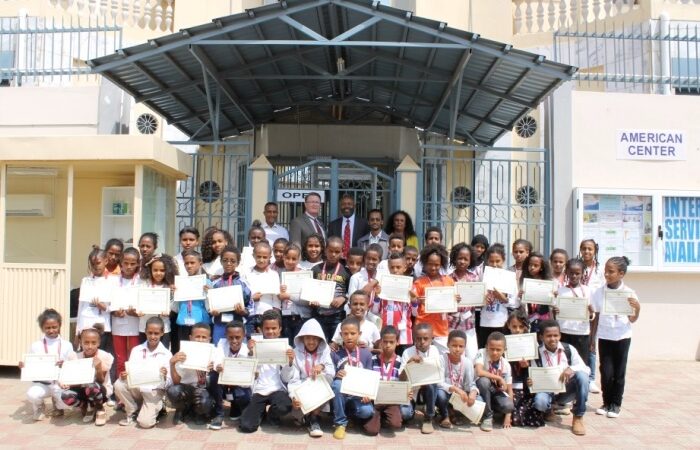I get a warm and fuzzy feeling when I attend graduation ceremonies, something I have done twice a year, for thirty years now. They are warmer and fuzzier when they are of Eritreans. And Ethiopians, for that matter, with their stoles and stashes declaring their political statements: this year’s special is the green-yellow-red tricolor: arengwadie bicha qey.) I specially enjoy watching Eritreans graduating from Eritrean institutions of higher learning in Eritrea. It is always reported “X of whom Y (or y percentage) are female….” I get a warm and fuzzy feeling when I see or read anything about or from the Eritrean Ministry of Agriculture. I am hopeful when I watch or read from professionals whose circumstances allowed them to practice their profession in their own country. But it’s always a punch in the gut when I read anything from the Ministry of Justice. The Ministry is always paying homage to Eritrea’s customary laws, and civilized co-existence thanks to customary laws–but it never mentions that they were able to do this without prisons, which are colonial constructs. Eritrea did not have prisons before the Italians arrived.
You can read about my call to abolish prisons in Eritrea, “An Eritrea Without Prisons”, here:
Today I want to expound on it from a different perspective: data. To understand the severity of the prison system in Eritrea, one needs a numerator (the detained) and denominator (the population.) There are reports which track prisoners per 100,000–it’s the one that tells us Japan is safe but Brazil is not–but there are none for Eritrea, of course, because we don’t like sharing our data. But let’s try to establish a baseline so we can have some basis for our argument.
Census
I read a lot of Eritrean PhD dissertation papers online: they are educational. But when it comes to basic data about the country, they can’t answer the question of a curious tourist much less an academic obsessed with details. What is the population of Eritrea? It is somewhere between 3.5 and 5.5 million. It’s multi-faith (2!), multi-ethnic (9!) but I can’t tell you whether the Muslims are Sunni or Shia or Hanafi or Shafiee; and whether the Bilen are 1% or 5% of the population because they are both taboo subjects. Besides, my paper is about “Encouraging Findings On The Successful Malaria Eradication Campaign in Gash” so what does all this subnational detail have anything to do with anything?
The greatest tool at the disposal of politicians is census. Here in the United States, politicians can choose their electors. “Before you decide whom to choose, let me just tell you who else is voting with you. I am going to draw the map in such a way that it has 1,000 red, 20 black and 17 white pebbles. And let me just tell you: the red pebbles love me.” They call it jerrymandering: designing electoral districts in such a way that they, demographically, are more likely to support this party over that party. In multinational countries like Africa, the jerrymander is ethnic with “special zones” no less, in Ethiopia. In the US, to protest jerrymandering, you attend city council meetings, rail in podcasts and tweets, shout in AM talk radio, and try activism denouncing jerrymandering so you can come to power and create your own jerrymander. In multinational and multifaith countries, people go to war over it. Census controversies are never about the set (country) but the subset. Well it is not all the subsets: nobody is going to go to war because their age group or their gender was undercounted. But they will over ethnicities, regions, and faith. But others will. Consequently, governments devise various ways to deal with it.
For example: after Ethiopia’s 2010 census, some Ethiopian Muslims in Canada were not happy with that they believed was an undercounting of Ethiopian Muslims. “Thank you for visiting me,” said the Prime Minister, “I think you should bring this up with my Directorate for Census Bureau who just happens to be an observant Muslim with head scarves and all. Wo Aleikum Aselam.” It’s never about the set but the subset. For example: I have read stories from Amharic-speakers claiming they were subjects of involuntary birth control to reduce their population. Some countries, like Lebanon, have stopped publishing census data since their civil war of the 1980s, I think.
We are not immune: when the British Military Administration (BMA) was taking “census” in 1943 in, for example, the Western Region (Gash Barka Sahel), it wasn’t knocking on doors and counting heads. It was asking a tribal chief how many households and persons there are in his tribe, and the tribal chief was speaking on behalf of all his tribe to give the precise number. This resulted in some controversial numbers. To counter the argument that Eritrean Muslims would be swallowed up in self-declared Christian Ethiopia, Ibrahim Sultan used land mass to establish his argument that the Muslim League was a majority party. The 1952 “census”, according to Tekeste Negash, colored the ELF’s perception of Eritrea, which was countered by the EPLF’s “census” (Nehnan Elamanan) of Eritrea. Some of these narrative disputes were bloody. By the way, I am putting the word “census” in quotation marks because some the so-called census were surveys and some were estimates.
The Eritrean government’s frequency of census counting is legendary. It is what it uses to create the melting pot; to set any national plans–budget and social services–or metrics to measure progress. You can’t have any statistics unless you have a population. But the government does not publish them for fear they can be used against it by its enemies (foreign and domestic.) Obviously, it reserves the right to use it for any reason it deems necessary, including when President Isaias Afwerki, in a TV interview with journalists for the Ministry of Defense, said that those who defected, sought exile, chose the life of refugees are from a specific locality in Eritrea.
In 2005, a patriot tired of the government’s control of information, provided the 1997 Census to awate.com which published it. It was prepared by the Ministry of Local Government and it doesn’t contain any “sensitive data” such as ethnic affiliation or religious data. Because it is not an official publication–there is no cover letter explaining what year (s) the census was taken, nor if there had been corrections and updates– but what was published was clearly a work of many years. It’s village by village, hamlet by hamlet headcount of the Eritrean household and population, probably based on local government data consolidation. This is what it said the population of Eritrea was (sometime before) 1997:
| Region | Population |
| Southern Red Sea | 185,454 |
| Center | 503,201 |
| Northern Red Sea | 373,784 |
| Anseba | 360,647 |
| Gash Barka | 519,072 |
| South | 692,827 |
| Total | 2,634,985 |
| Persons Per Household | 4 |
In July 2022, as part of its “voluntary SDG report”, Eritrea’s Ministry of Finance and Development issued a report entitled Eritrea And The 2030 Agenda, where it said Eritrean population [of Eritreans living in Eritrea] is “estimated at 3.475 million.” It’s one of many estimates buried under footnotes in reports it submits to governmental organizations and the UN. It is only a matter of sad speculation to imagine what it would have been without the never-ending wars and exiles. But what makes it so intolerable is now you can get a better idea what Eritreans imprisonment rate is per 100,000 population. The government has never estimated our population to be any higher than 3.5 million (the denominator.) Now take the number of prisoners you personally know of, public and private figures, the over 200 prisons, containers, islands, underground tunnels, holding bins, rehabilitation centers (numerator) and extrapolate it to get an idea of what it is per 100,000. It is as alarming as our exile rate.
Decolonize Our Justice System
People care only about the results: very low crime rates. So: build those prisons!
But this is a contradiction: either Eritreans are a civilized people with deep and abiding traditional, customary, a God-fearing culture that enabled them to self-govern without prisons; or they are only civilized and God-fearing because they need ever expansive prisons, everywhere, each competing to be more sadistic than the other.
It was the Italians who brought the prisons, what did we do before that? You may say, yes, but the Italians also brought urbanization and with that comes prisons. Does it, though? A system that creates the “crime” (political dissent), cannot also sit in judgement of the crime, and the punishment for it. As it keeps telling the UN HRC every year, it has severe capacity issues that prevents it from being decent. Not only is there no due process (with the State having 100% conviction rates) but once people are given a verdict (and that is only for some of the prisoners, not all), they enter the dark labyrinth of the Eritrean prison system which breaks more laws than the alleged criminals, because it doesn’t have the capacity or the temperament or the sense of humanity to treat prisoners any other way than subhuman.
Punishment must be a forfeiture of a right: right of movement, for example. Punishment cannot be a forfeiture of human dignity. And that happens in Eritrea everyday.





Leave A Reply